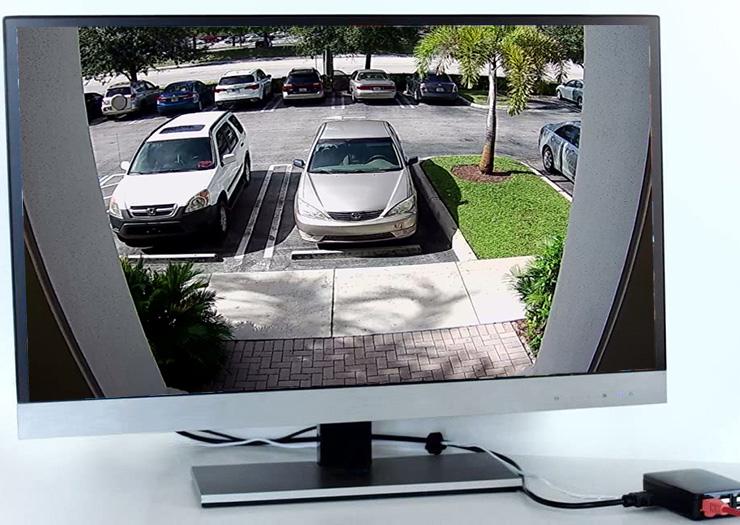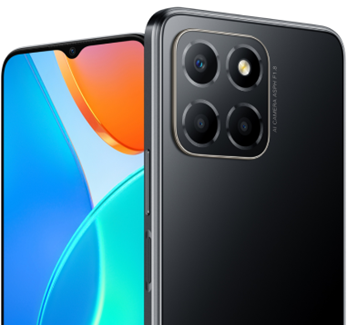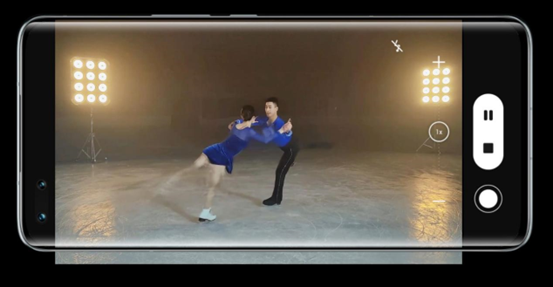Android Auto Voice-Control Workflow
Voice control transforms Android Auto into a safe and seamless driving assistant. With just a few spoken commands, you can launch directions, stream music, and reply to texts—without taking your hands...
24/07/2025
Voice control transforms Android Auto into a safe and seamless driving assistant. With just a few spoken commands, you can launch directions, stream music, and reply to texts—without taking your hands off the wheel. This guide walks you through setting up and optimizing voice control on the Android Auto App using your phone. You'll also explore how to boost its performance, enhance your driving experience, and prepare for upcoming AI voice features that promise even more intuitive command recognition and smarter suggestions on the road.
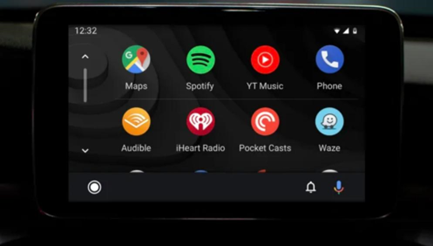
Setting Up Voice Control on Your Phone
Enabling Voice Assistant Access in the Android Auto App
Start by opening the Android Auto App and tapping “Settings.” From there, enable the “Hey Google” detection option. This allows your phone’s voice assistant to work even while the screen is off. Ensure that your car’s head unit is connected or that you’re in driving mode. This step is essential for activating voice commands during any driving session. Confirm that the voice assistant language matches your preferences for smoother communication and fewer recognition errors. This basic setup lays the foundation for seamless voice-driven control.
Managing Microphone Permissions and Voice Match
Navigate to your Android phone’s settings and open the Apps section. Locate the Android Auto App and tap “Permissions.” Ensure the microphone is toggled on. Next, head to your Google Assistant settings, find “Voice Match,” and enable the feature. This trains your phone to recognize your unique voice, improving command accuracy. These settings work together to ensure the system responds only to your voice, filters out background noise, and reduces accidental triggers during phone conversations or noisy road conditions.
Linking Google Assistant to the Android Auto App Interface
Access your Google Assistant settings through your phone’s Google app. Under “Transportation,” choose “Driving Mode,” then link it directly with Android Auto. Ensure voice activation is enabled under both “While driving” and “When locked.” This connection allows the Android Auto App to launch Google Assistant automatically when driving begins. You’ll gain access to personalized routines, navigation shortcuts, and media playback—all voice-triggered. The linkage bridges your assistant’s brainpower with your vehicle’s dashboard, creating a smoother in-car voice interface experience.
Using Mobile Voice Commands During Driving
Launching Navigation Without Touching the Screen
Say “Hey Google, navigate to [destination]” to activate real-time guidance. The assistant pulls up Google Maps and plots the fastest route without screen taps. You can specify preferences like “avoid tolls” or “use fastest route” using follow-up commands. If traffic conditions change mid-route, the assistant provides updates and alternate paths. This voice-controlled navigation reduces distractions and keeps your focus on driving while ensuring timely arrivals. It’s particularly useful during hands-on driving or when the phone is docked out of reach.
Playing Specific Songs or Podcasts by Voice
To stream content hands-free, say “Play [song name] on Spotify” or “Play my morning podcast.” Your voice assistant will launch the specified media app and begin playback. If you want to skip a song, pause audio, or switch playlists, just give a follow-up voice command. You can also request specific genres or artists. This feature integrates seamlessly with popular apps, letting you personalize the drive without swiping through screens or fumbling with your phone—enhancing both safety and convenience on the go.
Sending and Reading Messages via Phone Assistant
You can send messages with commands like “Send a WhatsApp to John saying I’m on my way.” Google Assistant confirms your voice input and sends the message hands-free. To check messages, say “Read my messages,” and it will read them aloud. This helps you stay connected while keeping your eyes on the road. It works with SMS, WhatsApp, Telegram, and other major messaging apps, creating a fully functional voice-based messaging hub that minimizes distractions during driving.
Optimizing Voice Experience on the Phone Interface
To boost performance, ensure your Android Auto App and Google Assistant are updated regularly. Disable battery-saving features that might restrict microphone access in the background. Customize voice shortcuts and routines for tasks like daily commutes or playlist launches. On some devices, Android Auto not working huawei may result from compatibility—currently, only the Mate XT, X6, Pura70, Pura80, and Nova 13 series support Android Auto. Ensuring your device model is supported and configuring proper app permissions—like microphone and location access—can significantly improve functionality. A responsive setup enhances real-time interaction, ensuring the assistant executes your voice commands quickly and accurately every time.
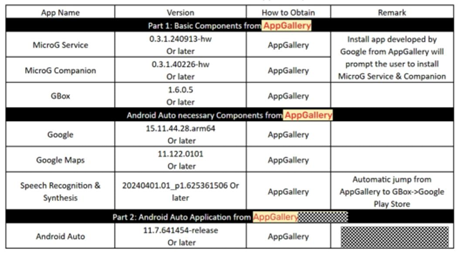
Future of Voice on Android Auto App
Integration With Gemini for Personalized Prompts
Gemini, Google’s advanced AI assistant, is expected to join Android Auto for richer interactions. With Gemini, you can get voice prompts tailored to your calendar, preferences, and travel habits. For instance, saying “What’s next today?” may result in smart reminders or time-saving suggestions. Gemini could also integrate cross-device intelligence, enabling a seamless shift from your phone to your car. The goal is to make Android Auto more context-aware and proactive in guiding your driving and communication routines.
AI-Based Response Prediction and Auto Suggestions
Android Auto’s future voice system may offer real-time response predictions. This means if you usually ask for traffic updates before 8 AM, it might prompt you first. AI algorithms will learn your patterns, suggesting detours, reminders, or podcasts based on previous usage. It could also detect ambiguity in voice commands and ask clarifying questions, improving understanding. Such predictive features will save time, reduce repetition, and support a smoother voice interaction flow, even when multitasking during high-focus driving moments.
Cross-App Voice Control Beyond Navigation and Music
Future updates aim to extend voice control beyond the basics. Users will be able to manage calendars, smart home devices, or car settings using voice through Android Auto. Imagine saying “Set home thermostat to 24°C” or “Add milk to my shopping list” while driving. This cross-app functionality means Android Auto evolves into a broader assistant platform, not just a navigation or media tool. As apps integrate deeper voice APIs, the phone-based assistant becomes central to a connected, automated lifestyle.
Conclusion
Android Auto voice control empowers drivers with safety, speed, and smart features. From setting up voice access and managing navigation to sending messages hands-free, each function enhances driving focus and comfort. Optimizing your phone’s permissions and routines ensures reliable command recognition. With AI enhancements like Gemini integration and predictive voice suggestions on the horizon, Android Auto’s voice interface is becoming more intuitive than ever. Setting it up right today prepares you for a smarter, safer driving experience tomorrow—without ever touching the screen.

